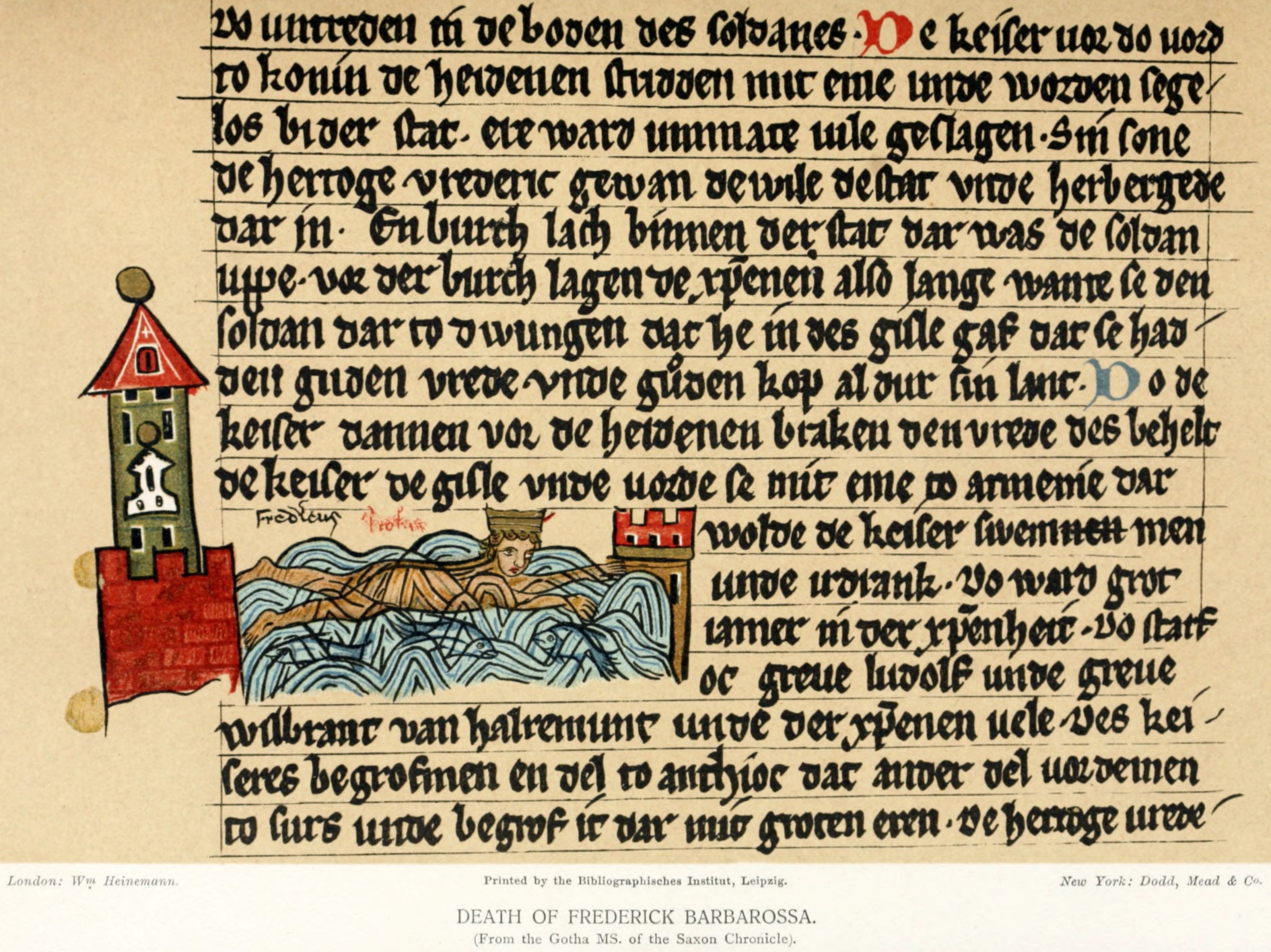|
Battle Of Bornhöved (1227)
The (second) Battle of Bornhöved took place on 22 July 1227 near Bornhöved in Holstein. Count Adolf IV of Schauenburg and Holstein — leading an army consisting of troops from the cities of Lübeck and Hamburg, about 1000 Dithmarsians and combined troops of Holstein next to various Northern German nobles — defeated King Valdemar II of Denmark and the Welf Otto the Child. Background Valdemar and his predecessor King Canute VI of Denmark had previously conquered Holstein, Mecklenburg, Hamburg, Lübeck (1202), Ratzeburg and the coast of Pomerania including the island of Rügen. The battle The contest was maintained with great firmness on both sides, and continued for an unusual length of time, and the carnage was so great, that its combatants are said to have fought knee deep in blood. The King of Denmark had one of his eyes shot out, and had several horses killed under him, but his troops and their allies fought with so much bravery that the victory would have been ... [...More Info...] [...Related Items...] OR: [Wikipedia] [Google] [Baidu] |
Sächsische Weltchronik
The ''Sächsische Weltchronik'' ("Saxon World Chronicle") is a universal history written in German prose. It is not clear in which regional form of German the original was written. Of the twenty-four surviving manuscripts, ten are in Low German, nine in High German and five in Central German. These can be divided into three recensions, the earliest dated to 1229 and the latest to 1277. The 98-line verse prologue is always in High German. The ''Weltchronik'' is the oldest historical work in German prose. The '' Kaiserchronik'' is earlier, but in verse. The ''Weltchronik'' of Rudolf von Ems is contemporary, but also verse. Ludwig Weiland, who made a critical edition for the Monumenta Germaniae Historica in 1877, gave it the conventional title by which it is most commonly known. The first edition was prepared by Hans Ferdinand Massmann in 1857, but was based on only one manuscript.Massmann titled his work ''Das Zeitbuch des Eike von Repkow'' (Stuttgart). The manuscripts are clas ... [...More Info...] [...Related Items...] OR: [Wikipedia] [Google] [Baidu] |
Northern Germany
Northern Germany (german: link=no, Norddeutschland) is a linguistic, geographic, socio-cultural and historic region in the northern part of Germany which includes the coastal states of Schleswig-Holstein, Mecklenburg-Vorpommern and Lower Saxony and the three city-states Berlin, Hamburg and Bremen. It contrasts with Southern Germany, Western Germany and Eastern Germany. Language Northern Germany generally refers to the ''Sprachraum'' area north of the Uerdingen and Benrath line isoglosses, where Low German dialects are spoken. These comprise the Low Saxon dialects in the west (including the Westphalian language area up to the Rhineland), the East Low German region along the Baltic coast with Western Pomerania, the Altmark and northern Brandenburg, as well as the North Low German dialects. Although from the 19th century onwards, the use of Standard German was strongly promoted especially by the Prussian administration, Low German dialects are still present in rural areas, ... [...More Info...] [...Related Items...] OR: [Wikipedia] [Google] [Baidu] |
Duchy Of Schleswig
The Duchy of Schleswig ( da, Hertugdømmet Slesvig; german: Herzogtum Schleswig; nds, Hartogdom Sleswig; frr, Härtochduum Slaswik) was a duchy in Southern Jutland () covering the area between about 60 km (35 miles) north and 70 km (45 mi) south of the current border between Germany and Denmark. The territory has been divided between the two countries since 1920, with Northern Schleswig in Denmark and Southern Schleswig in Germany. The region is also called Sleswick in English. Unlike Holstein and Lauenburg, Schleswig was never a part of the German Confederation. Schleswig was instead a fief of Denmark, and its inhabitants spoke Danish, German, and North Frisian. Both Danish and German National Liberals wanted Schleswig to be part of a Danish or German national state in the 19th century. A German uprising in March 1848 caused the First Schleswig War which ended in 1852. The Second Schleswig War (1864) ended with the three duchies being governed jointly by ... [...More Info...] [...Related Items...] OR: [Wikipedia] [Google] [Baidu] |
Eider River
The Eider (german: Die Eider; da, Ejderen; Latin: ''Egdor'' or ''Eidora'') is the longest river in the German state of Schleswig-Holstein. The river starts near Bordesholm and reaches the southwestern outskirts of Kiel on the shores of the Baltic Sea, but flows to the west, ending in the North Sea. The lower part of the Eider was used as part of the Eider Canal until that canal was replaced by the modern Kiel Canal. In the Early Middle Ages the river is believed to have been the border between the related Germanic tribes, the Jutes and the Angles, who along with the neighboring Saxons crossed the North Sea from this region during this period and settled in England. During the High Middle Ages the Eider was the border between the Saxons and the Danes, as reported by Adam of Bremen in 1076. For centuries it divided Denmark and the Holy Roman Empire. Today it is the border between Schleswig, Holstein and Eiderland, the northern and southern parts, respectively, of the modern Ge ... [...More Info...] [...Related Items...] OR: [Wikipedia] [Google] [Baidu] |



